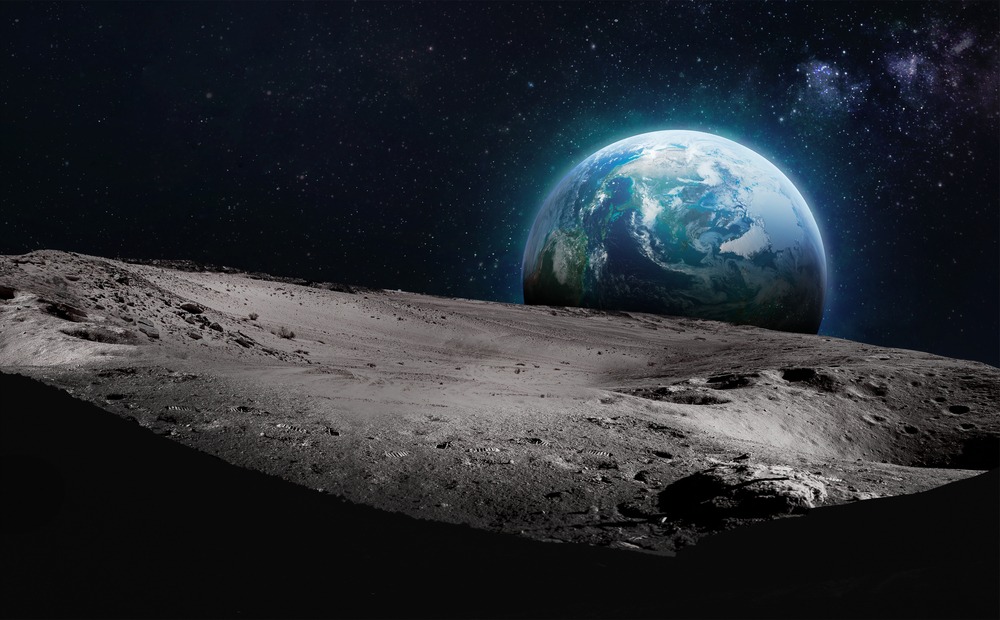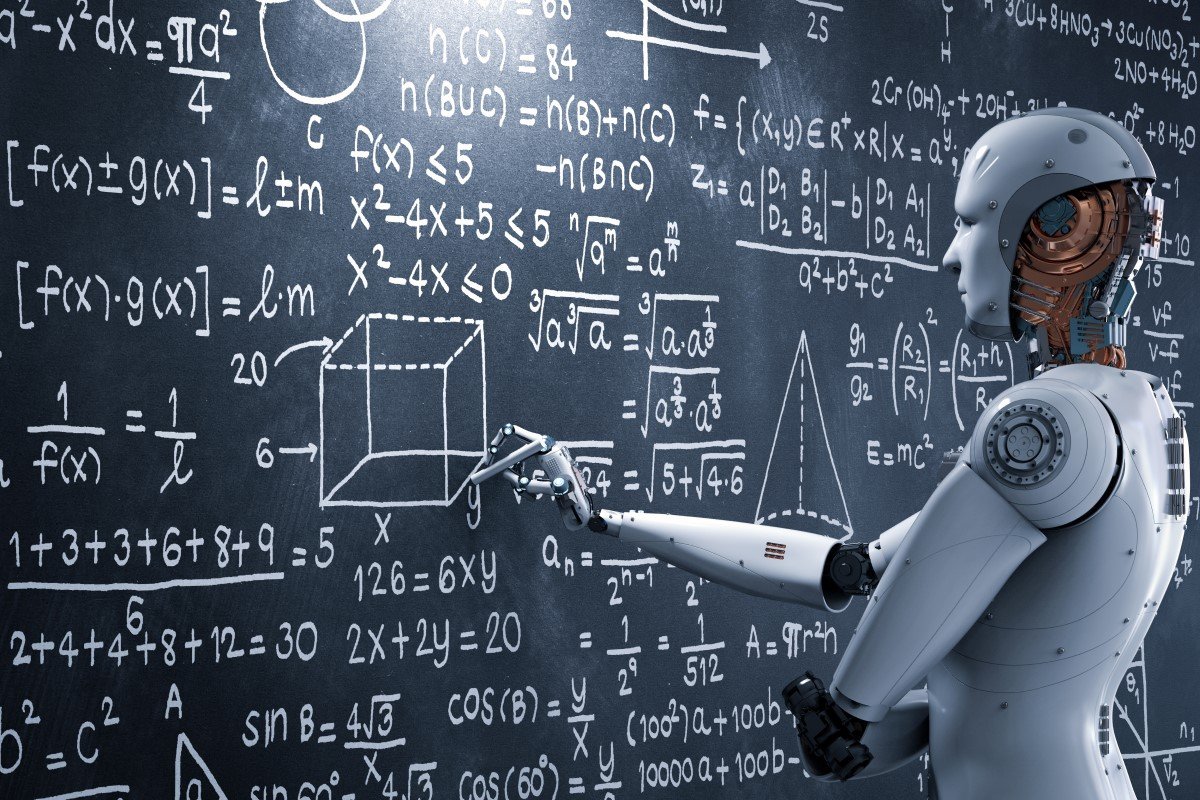Nasa developed an innovative AI (artificial intelligence). It helped NASA to identify a cluster of crates on Mars that formed within the last decade.
NASA’s JPL (Jet Propulsion Laboratory) in California researchers created the new machine-learning algorithm. It is an automated fresh impact crater classifier.
The algorithm identified previously unknown crates on the Red Planet. It is according to a statement from NASA.
Scientists fed the algorithm more than 112,000 pictures. MRO (Mars Reconnaissance Orbiter) of NASA took those images with the help of Context Camera. The program is for scanning the photos for changes to Martian surface features that are indicative of new craters. Scientists think that those craters formed from a meteor impact between March 2010 and May 2012 in the case of the first batch of finds of the algorithm.
Kiri Wagstaff is a JPL computer scientist. He said in the statement that artificial intelligence could not do the kind of skilled analysis a scientist can. Nevertheless, those tools like that new algorithm can be their assistants. That paves the way for a symbiosis of AI and human ‘investigators’ working together to accelerate scientific discovery.
NASA Researchers
Context Camera of MRO takes low-resolution images covering hundreds of kilometers or miles at a time. That instrument can help locate blast marks around an impact. Furthermore, it can narrow down where to look for a crater on the surface of the planet. Scientists rely on the MRO’s HiRISE (High-Resolution Imaging Science Experiment) instrument to identify individual craters and finer details.
Nevertheless, it is challenging to spot surface features on Mars using orbiters alone. Generally, that process requires scientists to spend many hours each day studying images taken by spacecraft like MRO. Thus, the crater classifier algorithm must save researchers’ time. Moreover, it must identify even more craters on the Red Planet. It is according to the statement.
Gary Doran works of JPL. He is a computer scientist there. Doran said in the statement that it is impossible to process over 112,000 images in a reasonable amount of time without distributing the work across many computers. Thus, their strategy is to split smaller pieces that can be solved simultaneously.
Researchers of NASA programmed the crater classifier using six thousand and eight hundred thirty pictures taken by the Context Camera. That process included photos of areas where humans had previously identified impacts. Furthermore, it contains images in areas with no craters. Thus, the tool can learn to differentiate surface features on the Red Planet properly.















